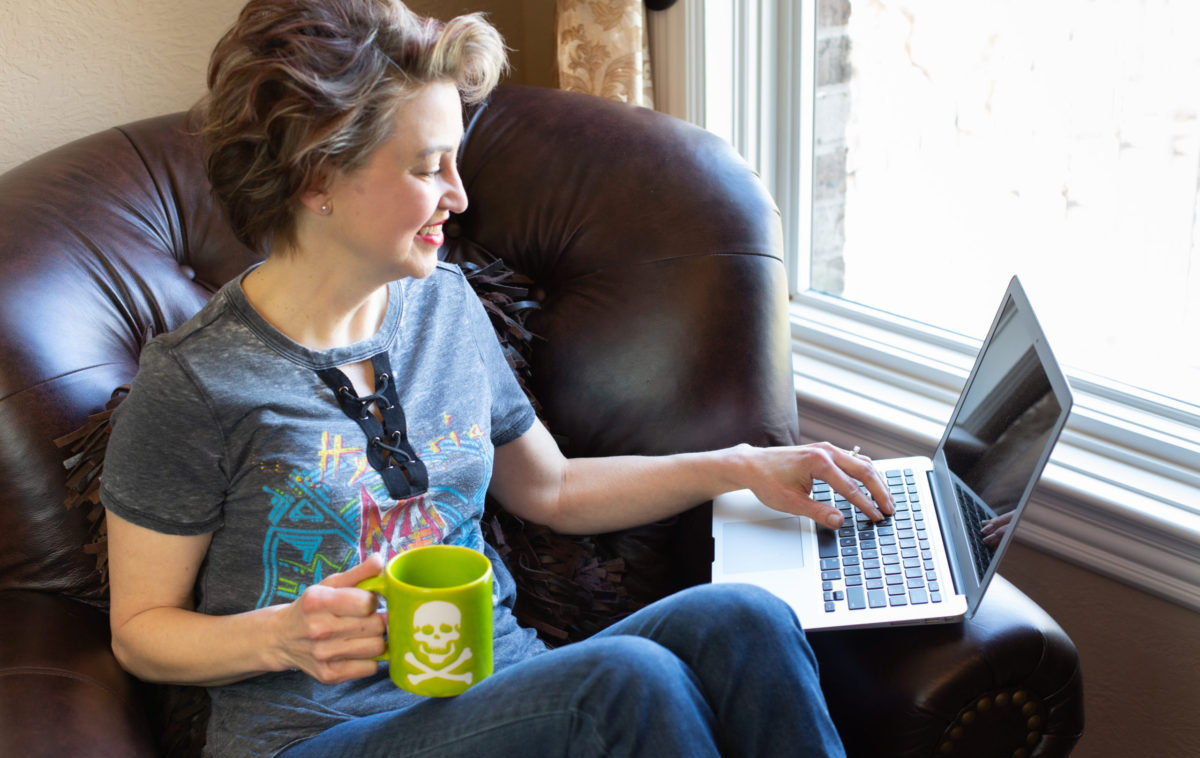
Photo by Mike Anderson
We often talk about continuous improvement in this space because making processes better is a good thing. But too much of a good thing is still too much. When does optimization reach the tipping point?
It’s a Tool
Optimization is neither inherently good nor bad. It is a powerful tool to streamline operations and enhance productivity. As with any tool, its effectiveness depends on how you use it. Optimization requires new projects to fit within an existing standardization model. That improves your efficiency, but it can also dilute the qualities that set you apart from your competition. Plus, you can only scale so big before the individuality and personal connections that define your company start to diminish.
The Human Touch
Optimization is about control and eliminatIng waste to achieve the best possible outcomes. But when every interaction is governed by predetermined algorithms, the spontaneity and warmth of human interaction can get lost in translation. Clients may feel like a number in a system instead of valued customers. Clients look for more than products and services. They also want connection, empathy, and understanding. Building and maintaining relationships, meeting individual needs, and providing tailored solutions are elements that cannot be fully replicated by automated systems.
Let It Rest
Rest is as crucial to job performance as training. Tired minds make mistakes and lack the compassion crucial to client interactions. The relentless pursuit of continuous improvement can both overwhelm and burnout your workforce. Implementing strategies to promote employees’ well-being is essential both for morale and sustainable optimization. For example, encourage managers to model work-life integration, support your staff’s self-care efforts, and provide opportunities for breaks and bonding. Your business is not a machine that can run continuously without pause. It is a collective of individuals whose well-being directly impacts the success of your organization. Lack of down time makes systems more fragile. Factor time to recharge into your optimization processes.
Strike a Balance
Limiting your company to just delivering products or services will put you out of business. You need to create an experience that resonates with your clients on a personal level. Decreased client satisfaction, disengaged employees, and a loss of innovation are signs that your optimization has gone too far. To course correct, seek feedback from both clients and employees on a regular basis.
Clients: If the data shows clients perceive a decline in the quality of their service, ask your team: Are we sacrificing the human touch for the sake of efficiency? Are we neglecting the unique needs and preferences of our clients in favor of standardization? How many Account Executives received praise from their clients in the last month? Build flexibility within your processes to allow time for stakeholder customization and care.
Employees: Listen to your team without judgement and make sure they know there will not be negative repercussions for their honesty. Note their concerns. If they say they feel like robots, or if burnout becomes pervasive, then the personal touch may be slipping away. Recognize the value of diversity and belonging. The resulting input can help mitigate the depersonalizing side effects of optimization. Evaluate your systems regularly and recalibrate them to allow for as much customization as makes sense. Regular check-ins, open communication channels, and fostering a positive workplace culture speed up your optimization efforts.
How do you maintain perpetually balancing between efficiency and empathy? Please share in the comments.
